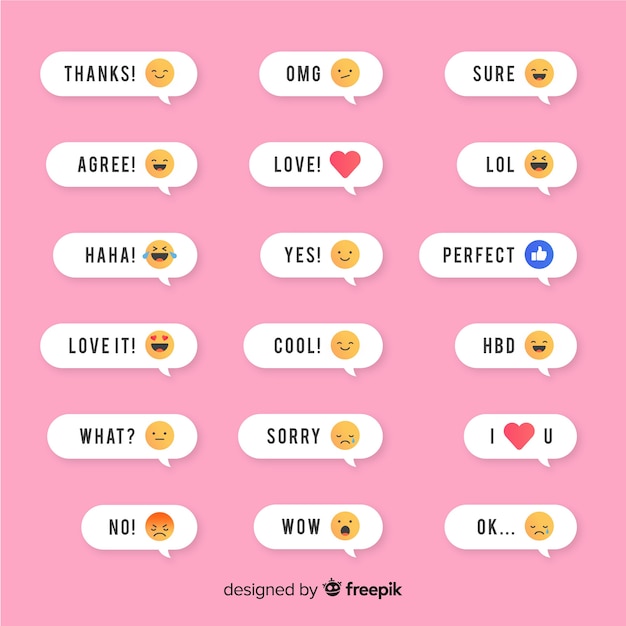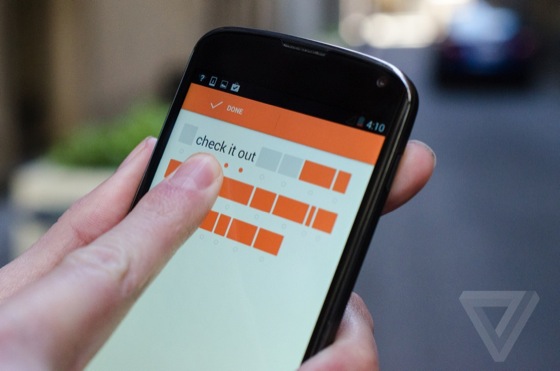

Those features would work when communicating with Android users if iMessage supported RCS, but Apple has chosen not to, which leads to a poor experience for its own customers.Īpple, to some extent, benefits by making SMS the “worse” experience, as this can help with ecosystem lock-in. For instance, when texting another iPhone user, iMessage users can see typing indicators, use read receipts and view high-resolution media. The lack of support also leads to all sorts of inconsistencies when messaging. Texting should bring us together, and the solution exists. IMessage should not benefit from bullying. (An odd choice for a privacy-focused company like Apple claims to be.) But Google is not wrong when it points out that Apple is not serving its own customers very well by having iMessage fall back to the older standard of SMS, which is less secure. Google thus far has been very vocal about Apple’s decision to avoid supporting RCS - largely because RCS adoption would allow Google to better compete with Apple’s iMessage. This addition aims to push Apple to adopt the industry standard by shaming the company over video quality. This feature will later include support for photos, too. By sending the link to the video through Google Photos, iPhone users will be able to watch the video in the same high resolution. While the modern RCS standard allows people with Android devices to share high-quality videos with each other, those same videos appear blurry when shared with those on iPhone, as iMessage doesn’t support RCS. Google is also integrating Google Photos into the Messages app to improve the video sharing experience. And the iMessage’s exclamation mark reaction becomes the “face with the open mouth” emoji. For instance, the “heart” reaction on Android becomes the “face with the heart eyes” emoji. Testers had noted that Android’s interpretation of which emoji to use varies slightly from iPhone, however.

These improved reactions were already available to beta users of the Messages app, but Google had not yet said when they will become available to the public. (On Android, it’s the bottom right.) This feature is first rolling out to Android devices set to English, but additional languages will follow. As on iMessage, the emoji reaction - like love, laughter, confusion or excitement - will appear on the right side of the message. Other coming updates include nudges to remind you to reply to messages you missed, separate tabs for business and personal messages, reminders about birthdays you may want to celebrate, support for sharper videos via a Google Photos integration and an expanded set of emoji mashups, among other things.Īfter the update, reactions from iPhone users will be sent as an emoji on text messages on Android. It’s an annoyance that’s made chats between Android and iPhone users confusing, cluttered and far too noisy. Most notably, it will address the long-standing issue where iMessage’s “ Tapbacks” weren’t delivered as emoji reactions, but were rather sent as a separate message. The Messages app, which comes pre-installed on most Android phones, will gain a number of new features with the update. In Android's case, that's Google Messages with RCS, and the iMessage on the iPhone, as per GSM Arena.Google is giving its default messaging app a big upgrade, the company announced today. Plenty of cross-platform messaging apps including WhatsApp, Telegram, Messenger, Skype, Teams and Instagram among others, all support reacting with an emoji.Īt this point, the only market where this really matters to some people is in the US, where users prefer to use the phone's default messaging experience. Reacting to messages with an emoji is not anything new. With this new implementation, Google is poking back at iPhone users, showing them a similar text-only version of a reaction to a message, reported GSM Arena. Google has since made it so that its Messages app could tell which message the reaction was for, and instead shows an emoji next to the message itself. Users can recall that iOS users can react to SMS messages, which send an SMS message back to the recipient (in this case an Android phone) and pass along a message of the reaction emoji, along with the quoted message text. Interestingly, Google has pulled a similar move like Apple. When an Android user reacts to an SMS from an iPhone user, they will see a message showing an emoji was used to react to a message. As per a Reddit user, it has been spotted that the Google Messages app is testing the ability to react to messages sent from iPhones.


 0 kommentar(er)
0 kommentar(er)
